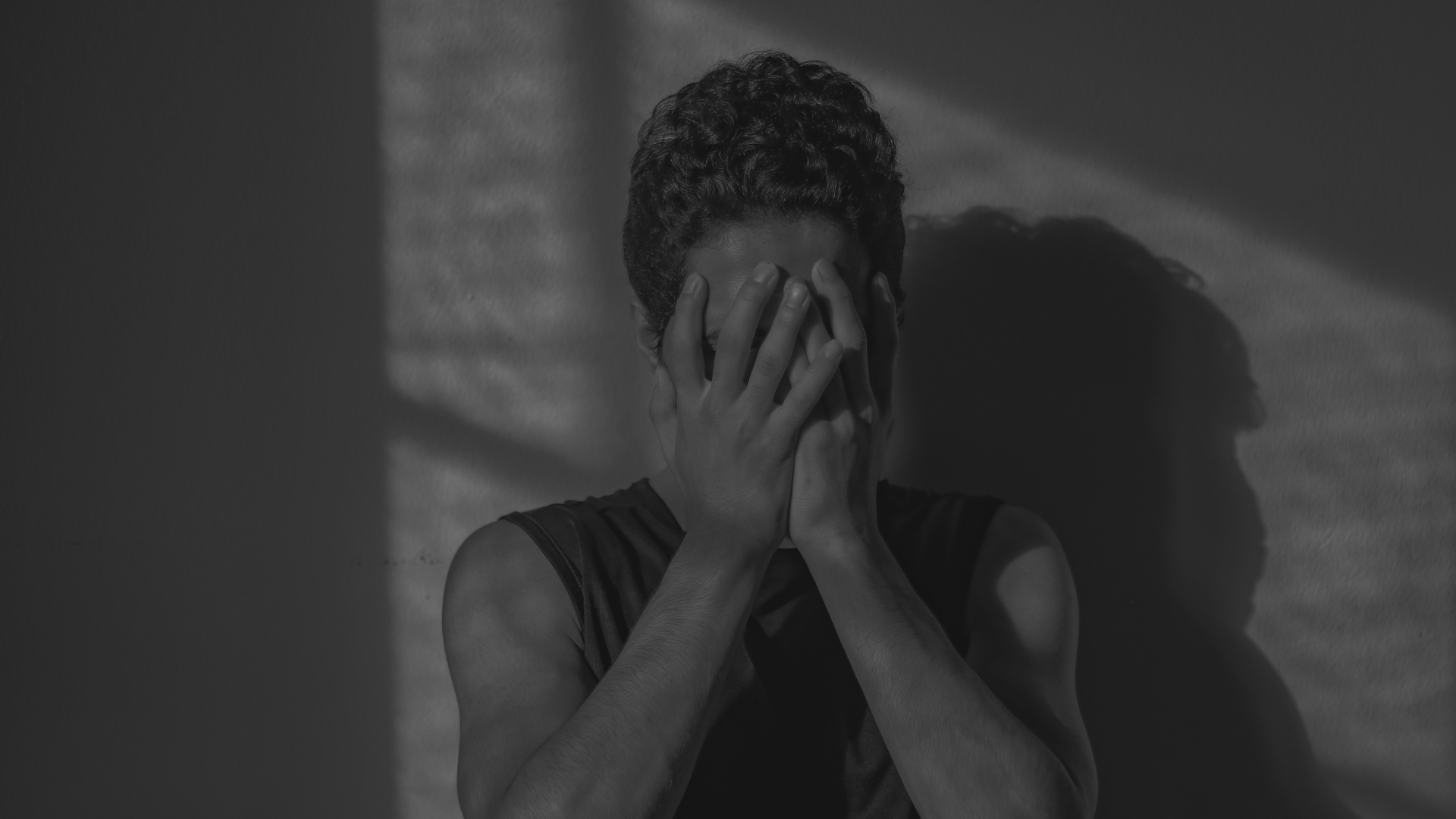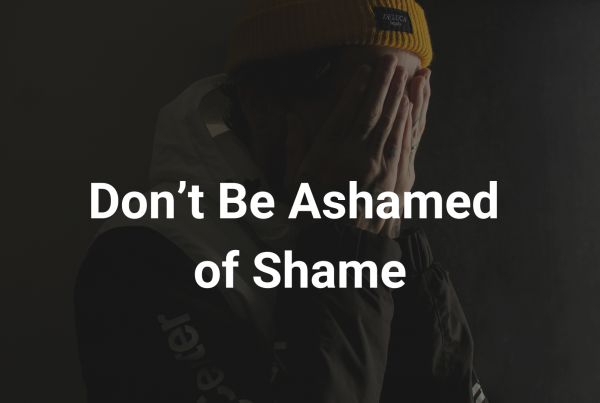Authors: Dr. Abbie Maroño
Published: October 6, 2025
A police report details an emergency call from a distraught individual. The victim was found with a broken arm and a black eye, injuries inflicted by their partner. Witnesses described hearing shouting, threats, and objects breaking in the home before the assault. The victim was left confused and disoriented, struggling to process what had happened.
Who did you picture as the victim?
Most of us instinctively imagine a woman, likely smaller in stature than her abuser, fearful and vulnerable. Yet nowhere in this description did I specify the victim’s gender. This assumption reveals a bias in how we perceive domestic abuse. While women are more frequently victims, men can also suffer abuse, sometimes at the hands of female partners.
Overlooking Female Abusers
Discussions around domestic violence overwhelmingly focus on male perpetrators, and with good reason. Women are more likely to experience severe physical harm and coercive control in relationships. According to the National Intimate Partner and Sexual Violence Survey (NISVS):
- 1 in 4 women in the U.S. has experienced severe physical violence from an intimate partner.
- 1 in 10 men has also experienced severe physical violence.
- Male victims are far less likely to report their abuse and often suffer in silence.
While abuse is predominantly perpetrated by men, these statistics highlight that male victimization exists. Just because it happens less frequently does not mean it is insignificant. Yet, acknowledging female abusers remains uncomfortable for many. Society often views women as less physically capable of harming men, and the idea of a man being controlled or overpowered by a female partner contradicts traditional ideas of masculinity. But abuse is not just about physical strength—it is about coercion, control, manipulation, and psychological torment, all of which can be just as damaging as physical harm.
Why Male Victims Stay Silent
For many men, the pain of abuse is compounded by shame. From an early age, society teaches them to be strong, protective, and in control. Admitting to being a victim of abuse contradicts these expectations, leading many to question:
- How could I let this happen to me?
- Will anyone even believe me?
- Does this make me weak?
Unlike female victims, who often receive immediate support and validation, men frequently face ridicule and disbelief when they disclose their abuse. They are told to “man up,” accused of exaggerating, or even laughed at. Some fear that if they report their abuser, they will be seen as the aggressor simply because of their gender. Others convince themselves that their suffering does not “count” as abuse because they are physically stronger than their abuser, even if they have endured years of psychological and emotional torment.
This silence is dangerous. It keeps men trapped in abusive relationships, afraid to seek help. Many fear losing custody of their children, being perceived as weak, or having their pain dismissed entirely. The weight of this isolation leads some down a destructive path, turning to self-isolation, substance abuse, or even suicide as a way to cope with the ongoing trauma.
The Mental Health Toll
Abuse is not just about physical wounds—its psychological toll can be even more devastating. The combination of shame, isolation, and societal dismissal makes male victims particularly vulnerable to long-term emotional distress, anxiety, depression, and suicidal thoughts.
One of the most damaging aspects of male victimization is the overwhelming sense of powerlessness. Many men feel trapped, believing that seeking help will only invite further humiliation or disbelief. Instead, they suppress their emotions, a behavior deeply ingrained by cultural expectations.
This suppression has deadly consequences. Studies consistently show that men are far less likely than women to seek mental health support but are significantly more likely to die by suicide. According to the World Health Organization (WHO), men account for 75% of all suicides worldwide, and research suggests that experiencing intimate partner violence is a significant risk factor for suicide in men. Many male victims suffer in silence, turning to alcohol, drugs, or total withdrawal from society because they feel there is no way out.
The stigma surrounding male victimhood creates a vicious cycle of self-doubt and despair. When men are told that abuse “only happens to women” or that their experience is “not serious”, they begin to question their own suffering. Some even believe they deserve the abuse, internalizing their pain rather than recognizing it as something that needs to be addressed.
Why Recognizing Male Victims Matters
Ignoring male victims does not help female survivors, it only weakens the overall conversation on abuse. If we continue to view domestic violence solely through the lens of men as perpetrators and women as victims, we fail to understand the full picture. Abuse is about power and control, and it can happen to anyone, regardless of gender.
Men should not have to suffer in silence or be ridiculed for their pain. Domestic violence is not a women’s issue, it is a human issue, and until we acknowledge that, we risk leaving male victims trapped, unheard, and suffering alone.
References
Douglas, E. M., & Hines, D. A. (2011). The helpseeking experiences of men who sustain intimate partner violence: An overlooked population and implications for practice. Journal of family violence, 26(6), 473-485.
Douglas, E. M., & Hines, D. A. (2011). The reported availability of us domestic violence services to victims who vary by immigration status, primary language, and disability. Partner Abuse, 2(4), 427-451.
Hines, D. A., & Douglas, E. M. (2010). A closer look at men who sustain intimate terrorism by women. Partner Abuse, 1(3), 286.
Hines, D. A., & Douglas, E. M. (2011). Symptoms of posttraumatic stress disorder in men who sustain intimate partner violence: A study of helpseeking and community samples. Psychology of men & masculinity, 12(2), 112.
Hines, D., & Douglas, E. (2010). Intimate terrorism by women towards men: does it exist?. Journal of aggression, conflict and peace research, 2(3), 36-56.
Hine, B., Bates, E. A., & Wallace, S. (2022). “I have guys call me and say ‘I can’t be the victim of domestic abuse’”: Exploring the experiences of telephone support providers for male victims of domestic violence and abuse. Journal of interpersonal violence, 37(7-8), NP5594-NP5625.
Perryman, S. M., & Appleton, J. (2016). Male victims of domestic abuse: Implications for health visiting practice. Journal of Research in Nursing, 21(5-6), 386-414.
Wright, C. (2016). The absent voice of male domestic abuse victims: The marginalisation of men in a system originally designed for women. The Plymouth Law and Criminal Justice Review, 8(1), 333-350.





